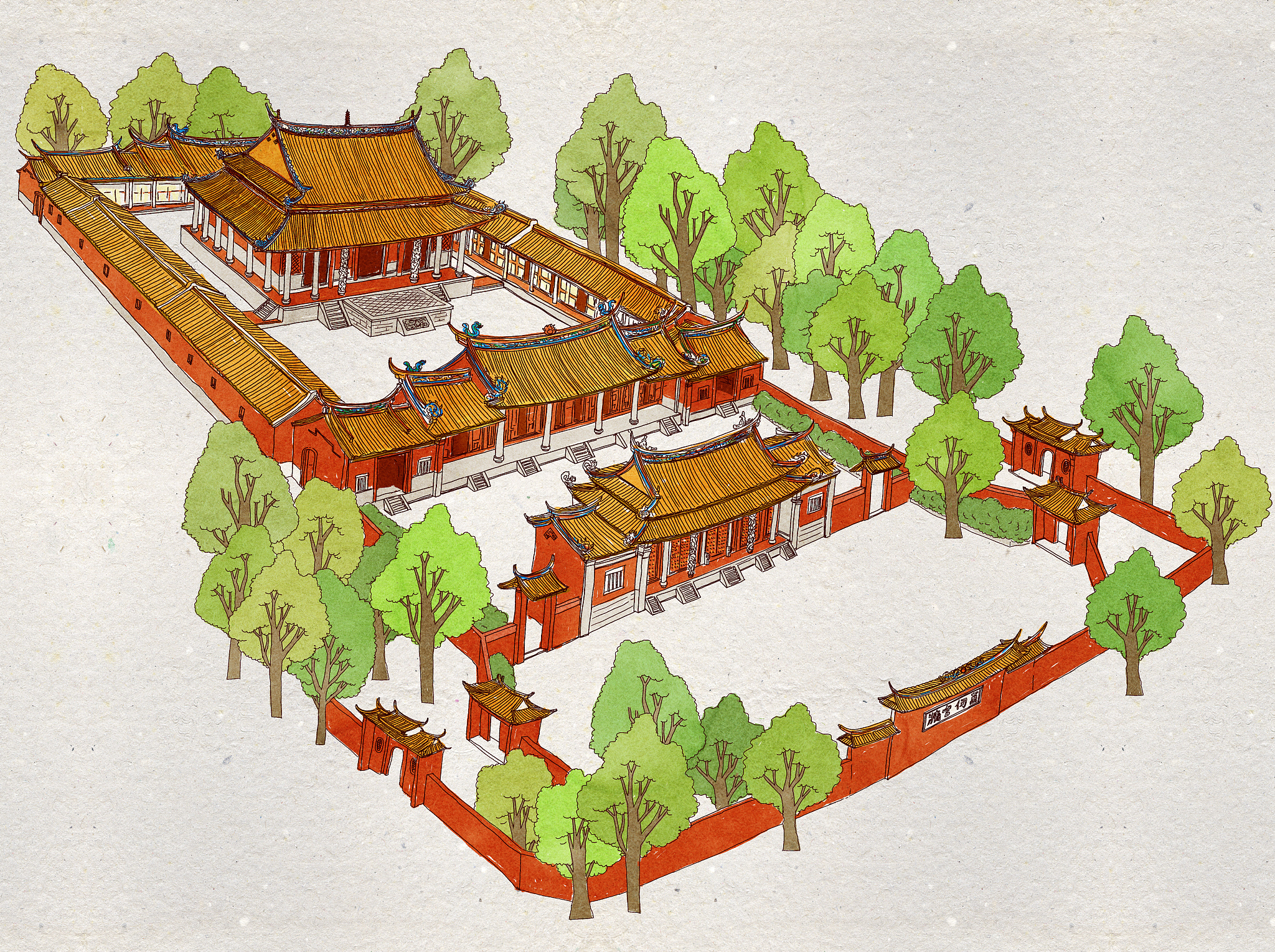The Chinese imperial and religious architectures share lots of similarities why are traditional gardens much more different What are the possible reasons for its uniqueness
There are several possible reasons for the uniqueness of traditional Chinese gardens compared to imperial and religious architectures:
-
Influence of Taoism: Traditional Chinese gardens were heavily influenced by Taoism, which emphasizes harmony with nature and the natural environment. This is reflected in the design and layout of traditional gardens, which often incorporate natural elements such as rocks, water, and plants.
-
Cultural and regional diversity: China is a vast country with diverse cultural and regional influences, which are reflected in the design and style of traditional gardens. Different regions and cultures have developed their own unique styles of gardening, which vary in terms of layout, plant selection, and decorative elements.
-
Symbolic meanings: Traditional Chinese gardens are often designed with symbolic meanings in mind, such as representing the harmony between man and nature, or reflecting the principles of yin and yang. These symbolic meanings are often reflected in the use of certain plants, colors, and decorative elements.
-
Functionality: Unlike imperial and religious architectures, traditional Chinese gardens were often designed for practical purposes, such as providing a space for relaxation, contemplation, or social gatherings. This practicality is reflected in the layout and design of traditional gardens, which often incorporate seating areas, pavilions, and other functional elements.
Overall, the uniqueness of traditional Chinese gardens can be attributed to a combination of factors, including cultural and regional diversity, symbolic meanings, and the practicality of their design

原文地址: https://www.cveoy.top/t/topic/fi12 著作权归作者所有。请勿转载和采集!